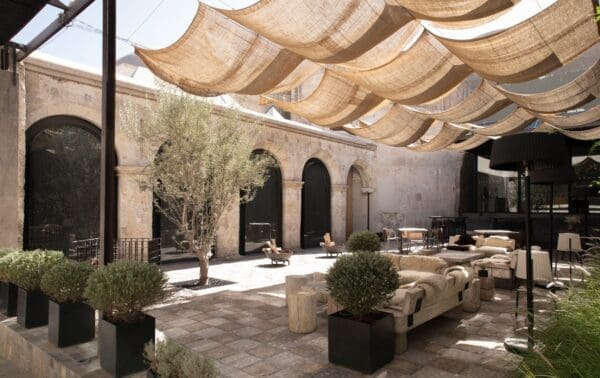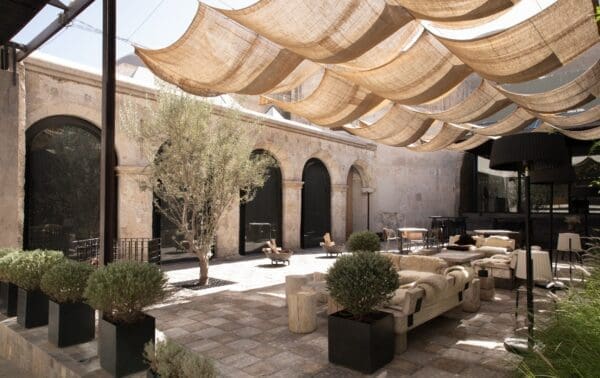 One fascinating hospitality trend that often goes underappreciated is how regions that are experiencing high growth in travel numbers are accompanied not only by new hotel developments but also poignant industry innovations that are emulated elsewhere in the globe. And oftentimes, this innovation is led by intrepid family owners and operators who are guided by their passion rather than simply the numbers on an income statement.
One fascinating hospitality trend that often goes underappreciated is how regions that are experiencing high growth in travel numbers are accompanied not only by new hotel developments but also poignant industry innovations that are emulated elsewhere in the globe. And oftentimes, this innovation is led by intrepid family owners and operators who are guided by their passion rather than simply the numbers on an income statement.
While many corporate owners may be more conservative in their management approach, individual and multigenerational boutique property owners blaze the trail in areas like architecture, interior design, luxury standards, wellness, technology and other specializations. Then we look back a decade or two later and the trend they created is literally everywhere.
In this case, we turn attention to the emerging renaissance of hospitality culture in South America – a continent full of lively culture, friendly people, breathtaking landscapes, delicious cuisine and affordable accommodations.
Looking specifically at Peru, archetypally known for those travelers seeking to take the Inca Trail from Cusco to the Machu Picchu, one of new seven wonders of the world. Now, however, the capital, Lima is consistently rated a top ten food city while a host of exciting cultural and adventure tourism hotspots are easily accessible, from Lake Titicaca high in the Andes and the Colca Valley twice as deep as the Grand Canyon to the White City of Arequipa, the desert (and sandboarding) oasis of Huacachina and the Peruvian Amazon which comprises most of the country by area.
Advertisements

With mountains, rainforests, deserts, ancient sites, extraordinary food that barely translates beyond its borders and all relatively inexpensive, it’s no wonder that the megatrends of digital nomadism and purposeful travel are driving new records in airlift to Peru as well as new hospitality pioneers.
Here again we see an independently spirited and family-run boutique brand helping cultivate a new generation of travelers. This being Ignacio Masias who is the founder and CEO of Andean, a collection of six hotels striving to ‘connect worlds’ by crafting a true expression of Peruvian hospitality and multi-property travel journeys for guests to experience the real Peru across the signature destinations of Lima (Atemporal and Fausto hotels), Colca Valley (PUQIO), Arequipa (CIRQA), Lake Titicaca (Titilaka) and Tinajani Canyon (Tinajani).
The mission is to reinvent travel to the Andes by cultivating a sense of both place and pride. Also fully focused on sustainable travel, Andean embodies exactly what modern jetsetters want from their chosen hotels: genuine authenticity, immersive cultural experiences, approachable service and all molded around the comforts of finely furnished guest spaces. With this as an introduction, here’s what Masias has to say on the future of boutique hotels.
Sense of place through a local guestroom design at Titilaka facing on to Lake Titicaca
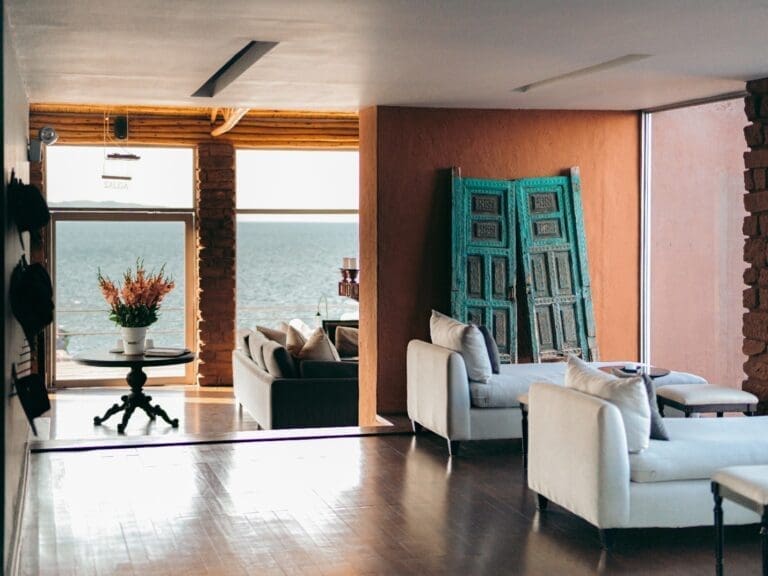
South America travel is set to boom over the next decade. What other trends is the Masias family seeing for the growth of Peruvian and South American travel?
Yes, there’s definitely growth ahead, but what’s more interesting to us is how people are traveling. We’re seeing a shift; guests are more intentional. They don’t just want to see Peru; they want to be immersed by it and connect with it. Travelers are increasingly looking for experiences that are personal, grounding and a bit transformative – like sharing time with a local family or walking a quiet Inca trail alone.
We’re also seeing travelers move away from over-produced luxury. People still want comfort but they’re craving honesty, too. Places that are beautiful, yes, but also real – where the silence, the people, the stories stay with you.
So yes, the numbers might rise, but for us, it’s about growing with care. Inviting people in, without losing what makes these places so special. That balance, that’s the challenge, and the opportunity.
Tell us how the family business came about and how Andean makes each guest experience unique?
The idea of a family-owned hospitality business was never a strategy; it just happened. My parents started welcoming travelers into their home in the Andes long before anyone called it a boutique hotel. It was about sharing what we had and spoiling them. That way of hosting became second nature, and over time it shaped everything we do.
What makes Andean different isn’t a set formula, it’s a sense of what feels real and what doesn’t. We don’t over-design things to impress, we let the place speak for itself. We pay attention; we adapt; and each guest ends up having their own version of the journey. It’s personal and that’s the whole point.
An enclosed garden space at Atemporal offering a respite from the crowds in Lima
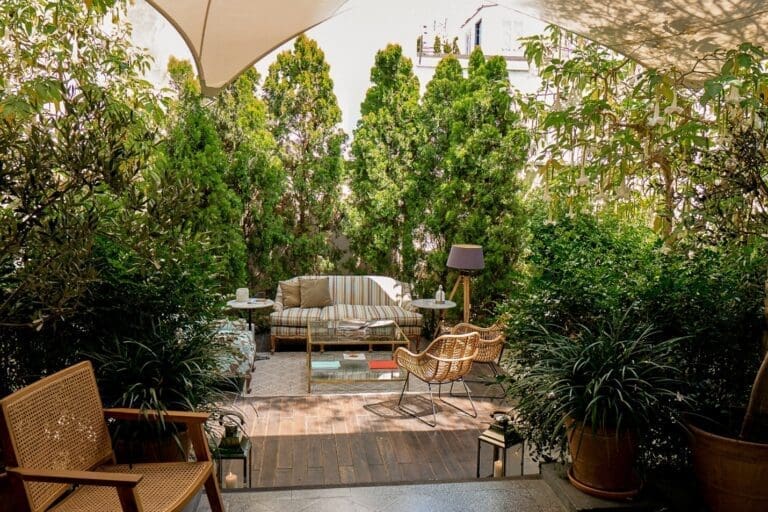
With multiple properties, how is Andean creating experiences and itineraries to seamlessly move guests from one property to the next?
We never saw our properties as separate stops; they’re more like chapters in the same story. Each place – whether it’s in the Colca Valley, Lake Titicaca or deep in the highlands –reveals a different facet of the Andes. It’s not about ticking off destinations; it’s about a natural flow, guided more by curiosity than by schedule.
We design these transitions with care. Nothing rushed, nothing forced. You might start in the quiet of the lake, then move into the energy of Arequipa, and later retreat into a remote canyon. There’s a rhythm to it. And thanks to our local collaborators and how well we know each place, we can make those shifts feel seamless, like it was meant to unfold that way.
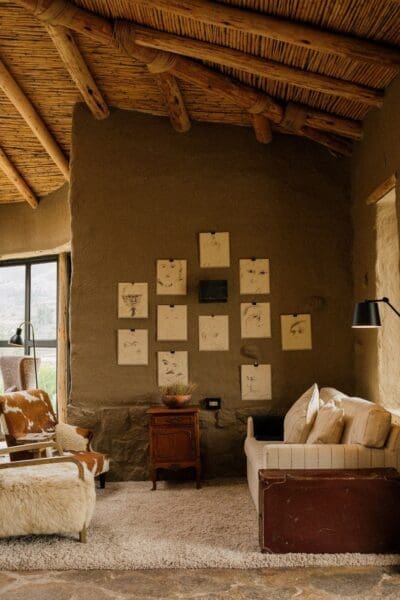 Where are guests coming from and how is this evolving?
Where are guests coming from and how is this evolving?
For a long time, around 90% of our guests came from the US and Europe. That’s shifted. Today, it’s more balanced: about a third from the US, a third from Europe, and a third from the rest of the world. The numbers from the US and Europe have stayed steady, but what’s grown significantly is interest from other regions.
That tells us something meaningful. Peru is becoming more visible, yes, but more importantly, there’s a global curiosity for what feels genuine. People are looking for something different, and the uniqueness of this country – its landscapes, its people, its quiet depth – is really starting to resonate.
We’re not trying to cater or become universal. We’ve simply stayed true to the essence of the places we operate in. And it turns out that authenticity is exactly what more and more people are drawn to.
With such a profound history in Peru, and much of it still to be unearthed, how is Andean helping tell the story of the land and steward Peruvian culture?
We see ourselves as stewards, not just of beautiful properties, but of history, identity and place. So much of Peru is still untold, still alive in quiet traditions and local knowledge. At Andean, we try to act as a bridge between past and present, between what’s known and what’s waiting to be discovered. At the heart of it all is connection; travelers learn from locals and locals from travelers. That exchange, when it happens with respect and openness, is where the real magic lies.
We also believe in working with what already exists. Many of our properties are repurposed homes or heritage buildings that were part of the landscape long before we arrived. Rather than replace them, we give them renewed purpose, allowing them to evolve without losing their essence.
For us, hospitality is never about staging but about revealing. And when that’s done with care, it creates the kind of connection that stays with you.
